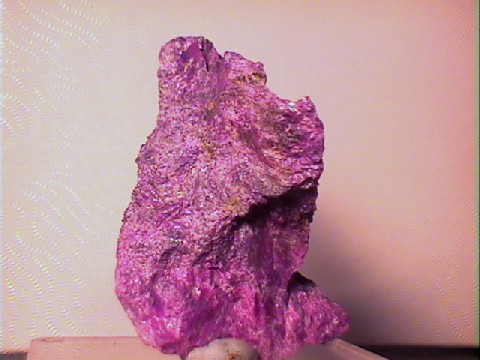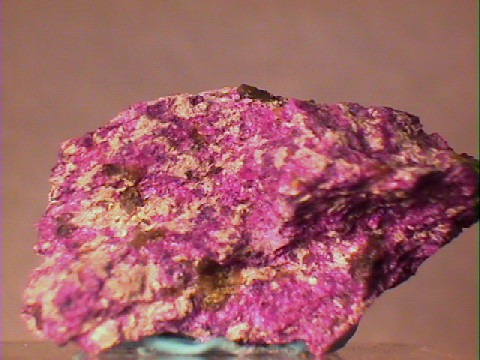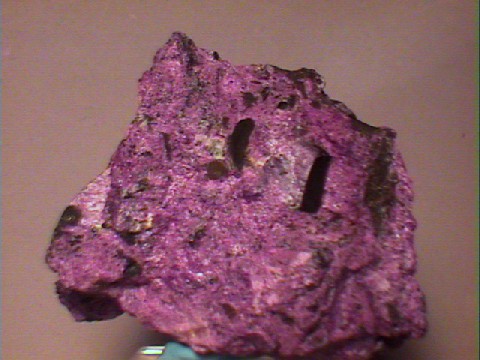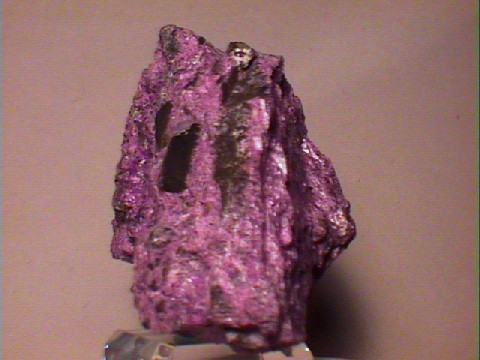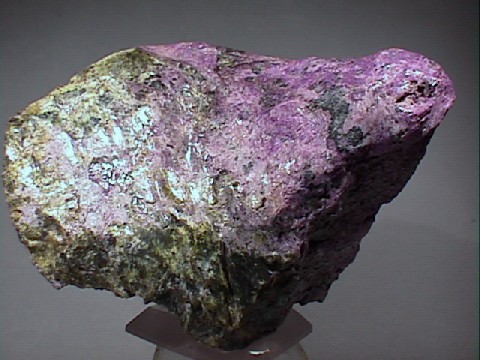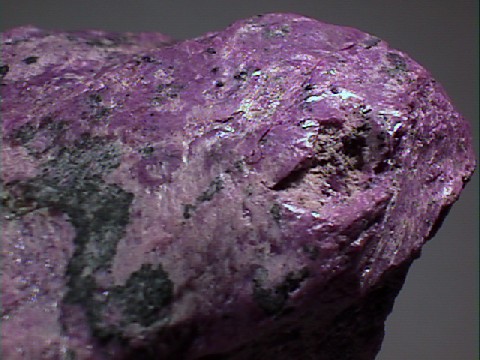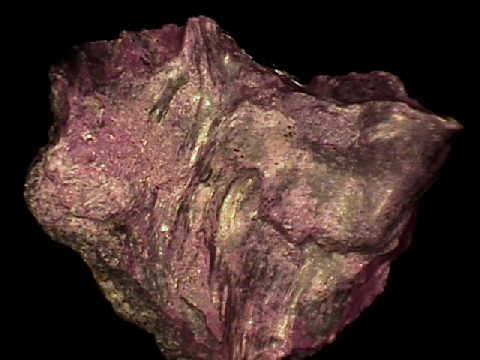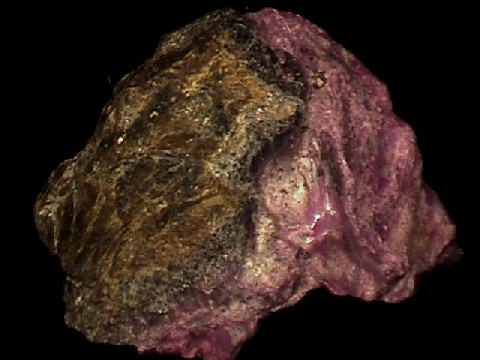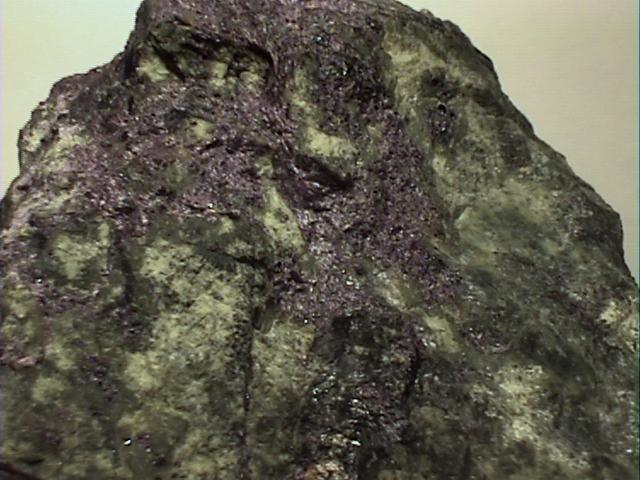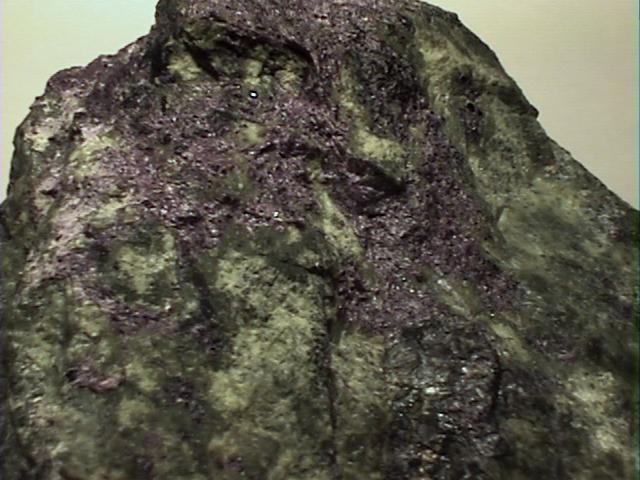 THE MINERAL STICHTITE
THE MINERAL STICHTITE
- Chemistry: Mg6Cr2CO3(OH)16-4H2O,
Hydrated Magnesium Chromium Carbonate Hydroxide
- Class: Carbonates
- Group: Hydrotalcite
- Uses: Very minor ore of chromium, as a mineral specimen and ornamental stone.
- Specimens
Stichtite is a rare and unusual carbonate.
It forms in mostly compact masses or micaceous aggregates and is in stark contrast to the majority of carbonates that form well shaped, large and abundant crystals.
Its most common locality is near Dundas on the Island of Tasmania and in fact almost all specimens sold in rock shops and from mineral dealers have Dundas listed as the source.
Stichtite has a some what dull purple-ish pink to purple-ish rose-red color.
Its color, although similar in description to the other rose-red carbonates, it is actually distinctive in its own right when viewed together with the other pink carbonates.
Rhodochrosite is much more redder and has white bands,
sphaerocobaltite is more pinkish and stichtite is more purplish.
Also adding to the distinction is the fact that the other two carbonates are more crystallized and glassy and stichtite comes from only a very few sources.
Massive green serpentine is usually associated with stichtite and this green and purple-ish pink combination can make for an attractive specimen or an ornamental stone carving.
PHYSICAL CHARACTERISTICS:
- Color is a purple-ish rose pink.
- Luster is waxy or greasy.
- Transparency: Crystals are translucent.
- Crystal System is trigonal.
- Crystal Habits include mostly massive forms that are compact, micaceous or lamellar aggregates.
- Cleavage is perfect in one direction..
- Fracture is uneven to flaky.
- Hardness is 1.5 - 2
- Specific Gravity is approximately 2.1 (well below average)
- Streak is white to shades of pink or lilac.
- Associated Minerals are
serpentine and
chromite.
- Notable Occurrences include Dundas, Tasmania, Australia; Black Lake, Quebec, Ontario and South Africa.
- Best Field Indicators are color, habit, locality and associations.
 THE MINERAL STICHTITE
THE MINERAL STICHTITE
